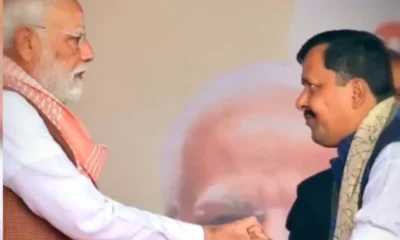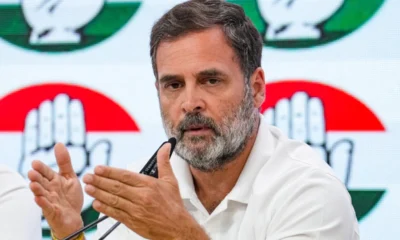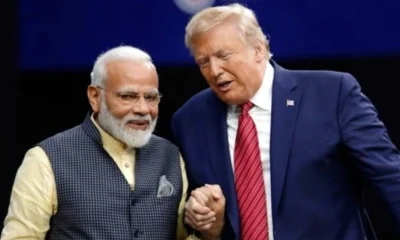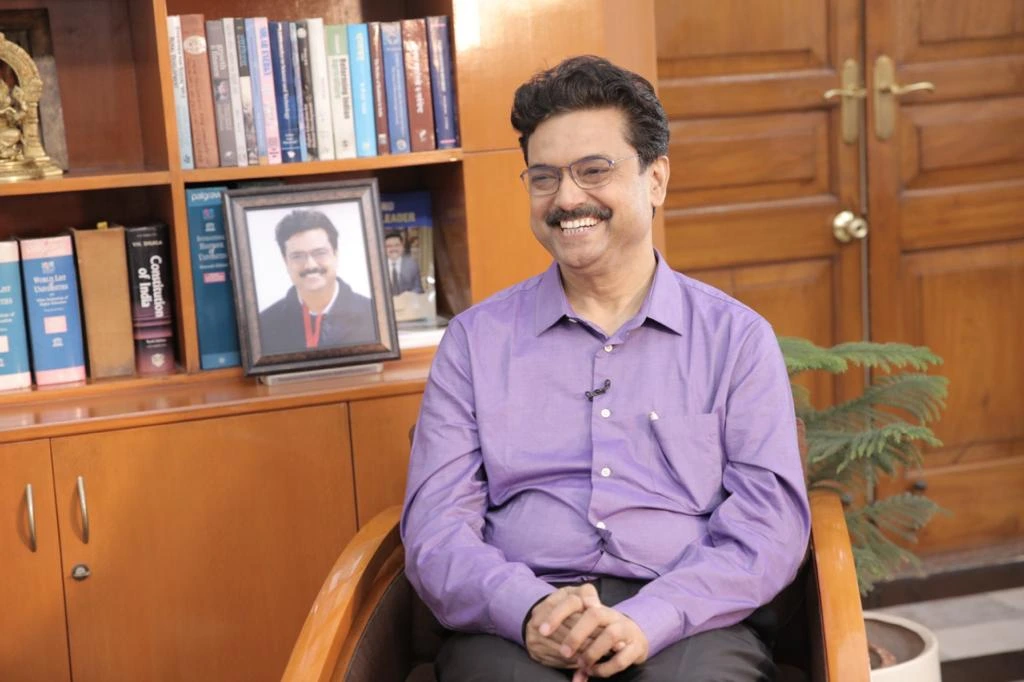Modi govt plans to monitor all social media, including emails
Modi government plans to monitor social media and net activity, including emails to look for fake news, promote nationalism and ‘India’s interests’, a move that raises concerns of privacy and individual liberty and fears of persecution of individuals for posting content unpalatable to the powers that be.
In a tender floated in April, Modi government sought applications from organisations to analyse social media posts and emails to check fake news, help boost ‘nationalism’ and neutralize any “media blitzkrieg by India’s adversaries.”
The lengthy (66 pages) tender was posted online in last week of April by Information & Broadcasting (I&B) Ministry – when Smriti Irani was still heading it – and the last date for submission of proposals/bids was May 17. APN could not confirm whether the contract has been awarded and, if so, to whom.
The move came after the I&B ministry’s plan under Irani to penalise journalists identified as purveyors of fake news was nixed by the PMO.
The tender, by Information and Broadcasting Ministry’s broadcast engineering arm Broadcast Engineering Consultants India Limited (BECIL), said it wants a company to provide analytical software and a team of at least 20 professionals to “power a real time New Media Command Room.”
“Essentially, the hub will be a mass surveillance tool,” Bloomberg quoted Nikita Sud, an associate professor of international development at Oxford University as saying.
“Nationalism seems to be equated with agreement with the government of the day, or even with the party in power. There are grave implications here for India’s democracy, and for the fundamental rights to free speech and expression guaranteed by the Indian constitution,” said Sud.
As the scope of work stated in the tender shows, the government seeks not only the ability to track trends, topics and Twitter hashtags relevant to government activities, but also the ability to drill down and monitor individual social media accounts, create historical archives of conversations and help shape a positive narrative about India, said Bloomberg.
“This tender contains a worrying emphasis on isolating and countering individual views,” said Saksham Khosla, a research analyst at Carnegie Endowment for International Peace’s India office, according to the Bloomberg report. “Will it collect other personal data? The line between surveillance and responsiveness is blurry, and without rigorous privacy safeguards and oversight, the potential for misuse and overreach is high.”
The tender, in the sub-section ‘Scope of Work’, said:
“The platform needs to power a real time New Media Command Room – which basically means the platform should have the ability to analyze as well as visualize large volumes of data across diverse digital platforms in real time.”
“The social media analytical tool should have comprehensive analytics system to monitor and analyze various aspects of social media communication and World Wide Web. The tool should have the capability to crawl World Wide Web and social media to monitor and analyze various trends emerging as well as to gauge the sentiments amongst netizens.
“The tool should be comprehensive with the capability to generate reports and do customizations as per the requirements of Ministry of Information and Broadcasting. The tool should act as the guiding tool for Ministry of Information & Broadcasting to understand the impact of various social media campaigns conducted on various schemes run by the Government of India. In addition, the tool should have the capacity to provide inputs to the Ministry on how to improve the reach of various social media campaigns, how to make a particular topic trending and for the overall general improvement of social media campaigns.”
Further, it said:
“A. Listening and responding capabilities: The platform is expected to not only listen to the standard digital channels listed below but also enable easy extension to integrate proprietary data sources like the mobile insights platform. The following need to be supported: Facebook, Twitter, YouTube, Google+, Instagram, LinkedIn, Flickr, Tumblr, Pinterest, Play Store, eMail, News, Blogs, Forums, Complaint Websites.”
“B. The platform should also be able to respond using the workflow mechanism on the following channels to enable seamless conversations: Facebook, Twitter, YouTube, Google+, Instagram, LinkedIn, Play Store, eMail.”
“aa. Social Media Trends Monitoring
bb.Monitoring Social Media Sentiments. The analytics tool should have the capability to categorize social media conversations and other references on the World Wide Web into positive, negative and neutral as viewed/considered by Ministry of Information and Broadcasting.
cc.Indicators wise monitoring of sentiments of social media conversations and other references on the World Wide Web.
dd.Tracking of trends, topics, hashtags relevant to the Government related activities.
ee. Analysis of social media campaigns or particular stream of social media activities…”
“… gg. Monitor individual social media user / account
hh.Message Monitoring – this will help in understanding overall social media response to a message, tweet or data”
“… kk. This software tool should be able to perform like search engine, which will work both as web crawler and social media crawler and would be able to search various hash-tags, keywords across the social media platforms
ll. Identification of fake news with particular focus on such conversations on social media and specialized websites.
mm. Identifying actionable data
o Influencer Identification
o Actionable data Categorization
o Following Enterprise Routing
o Following Latest Semantic Analysis”


 India News11 hours ago
India News11 hours ago
 Cricket news16 hours ago
Cricket news16 hours ago
 India News8 hours ago
India News8 hours ago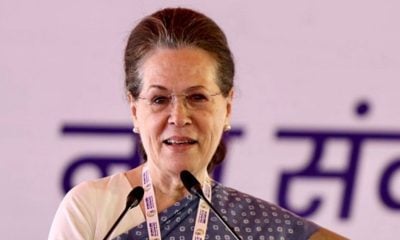
 India News15 hours ago
India News15 hours ago
 Latest world news15 hours ago
Latest world news15 hours ago
 India News9 hours ago
India News9 hours ago
 India News12 hours ago
India News12 hours ago
 Entertainment9 hours ago
Entertainment9 hours ago
